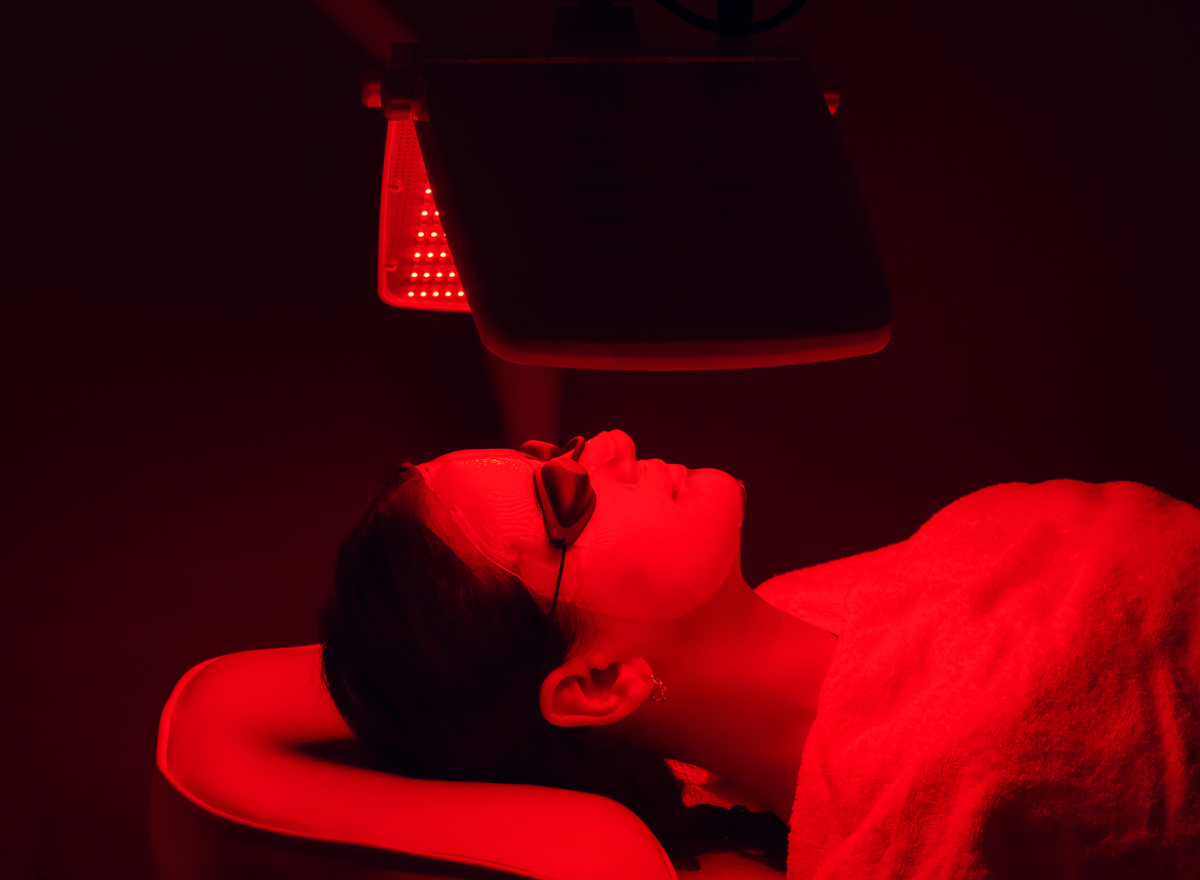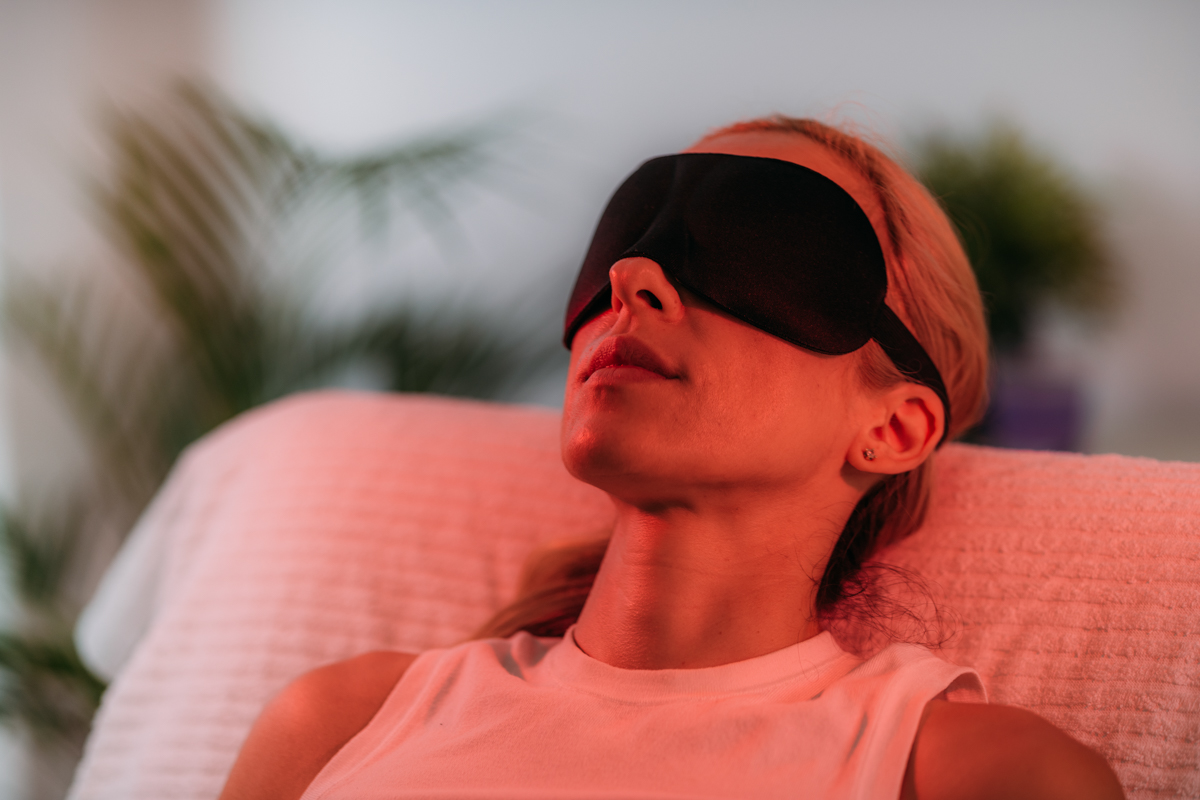What if the missing key to achieving your fat loss, anti-aging, and health goals was … light?
Of course, everyone knows about the importance of vitamin D from sunlight (from UV light), but few are aware that there is another type of light that may be just as vital to our health – red and near-infrared light.
Think it’s all just hype? Think again! Believe it or not, there are now over 3,000 peer-reviewed scientific studies showing incredible health and anti-aging benefits of red light therapy and near-infrared light therapy, proving that they can help you:
- Fight skin aging, wrinkles, and cellulite and look 10 years younger
- Lose fat (nearly twice as with diet and exercise alone)
- Rid your body of chronic inflammation
- Fight the oxidative damage that drives aging
- Increase strength, endurance, and muscle mass
- Decrease pain
- Combat hair loss
- Build resilience to stress at the cellular level
- Speed up wound/injury healing
- Combat some autoimmune conditions and improve hormonal health
- Optimize your brain function and mood
- Overcome fatigue and improve energy levels
If there was a pill that was proven to have all these effects, it would be hailed as a “miracle drug.” Hundreds of millions of people would be told to start taking it by their doctors every day. And people would tell you that you’re crazy if you weren’t taking it.
What Is Red Light Therapy And Near-Infrared Light Therapy?
Red and near-infrared light are part of the electromagnetic spectrum, and more specifically, part of the spectrum of light emitted by the sun (and also fire light). These wavelengths of light are “bioactive” in humans. That means that these types of light literally affect the function of our cells.
So what’s all this talk of “electromagnetic spectrum” and “spectrum of light”? Let’s take a look at the electromagnetic spectrum so I can show you more clearly what I’m talking about…

Electromagnetic waves range from 0.0001 nanometer (gamma rays and x-rays are very small waves) all the way to over centimeters and meters (radar and radio waves).
If you pass white light (like sunlight) through a prism, it will separate out the different colors based on their wavelengths. This is how we get rainbows as well, and you might remember this from school with the acronym ROY. G. BIV, which stands for red, orange, yellow, green, blue, indigo, violet.
A tiny part of this spectrum – from roughly 400nm to 700nm – is visible to the human eye.
At the highest end of the visible light spectrum is red light, which goes from a little over 600nm to approximately 700nm. Above the visible light spectrum is near-infrared, from about 700nm to a little over 1,100nm.
It is the red and near-infrared wavelengths specifically that have these amazing effects on our bodies. (Interestingly, even within that range, not all the red and near-infrared wavelengths seem to be created equal. Specifically, most research showing benefits of red light and near-infrared light have used wavelengths in the narrow ranges of 630-680nm and 800-880nm.)
While most other wavelengths of light (such as UV, blue, green, and yellow light, etc.) are mostly unable to penetrate into the body and stay in the layers of the skin, near-infrared light and red light are able to reach deep into the human body (several centimeters, and close to 2 inches, in some cases) and are able to directly penetrate into the cells, tissues, blood, nerves, the brain, and into the bones.

Once in those deeper tissues, red light and near-infrared (NIR) light have incredible healing effects on the cells where they can increase energy production, modulate inflammation, relieve pain, help cells regenerate faster, and much more.




